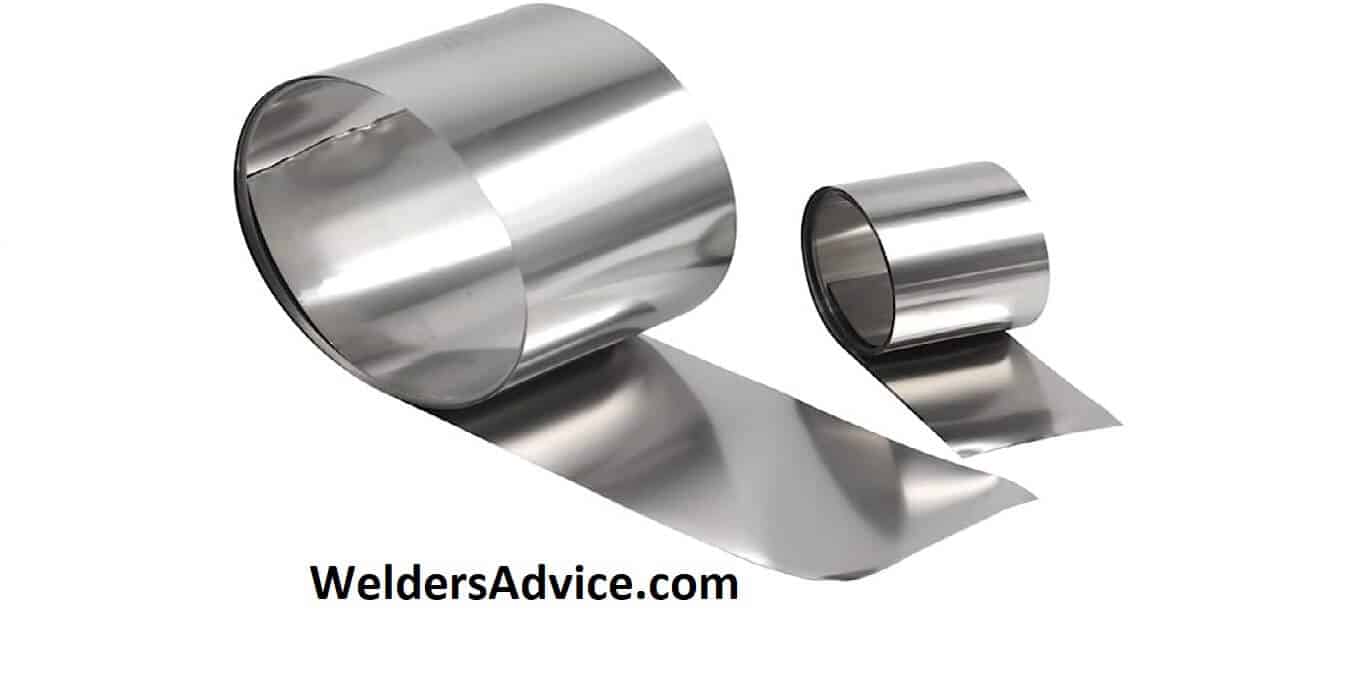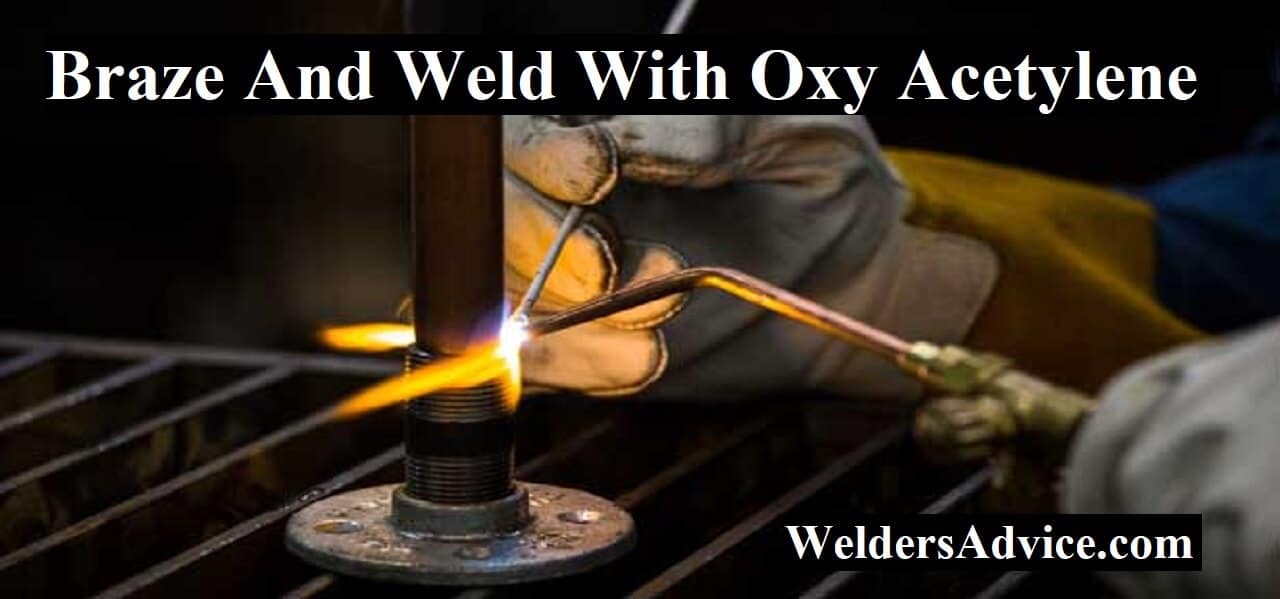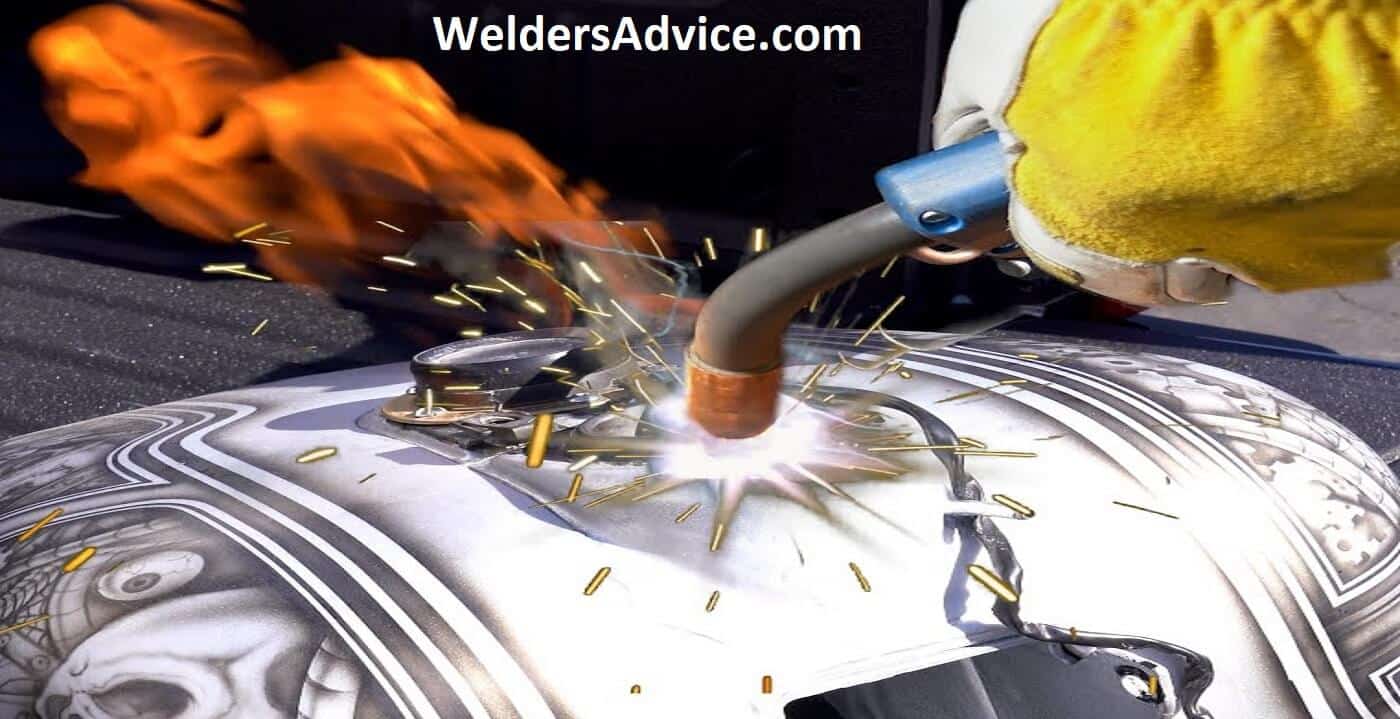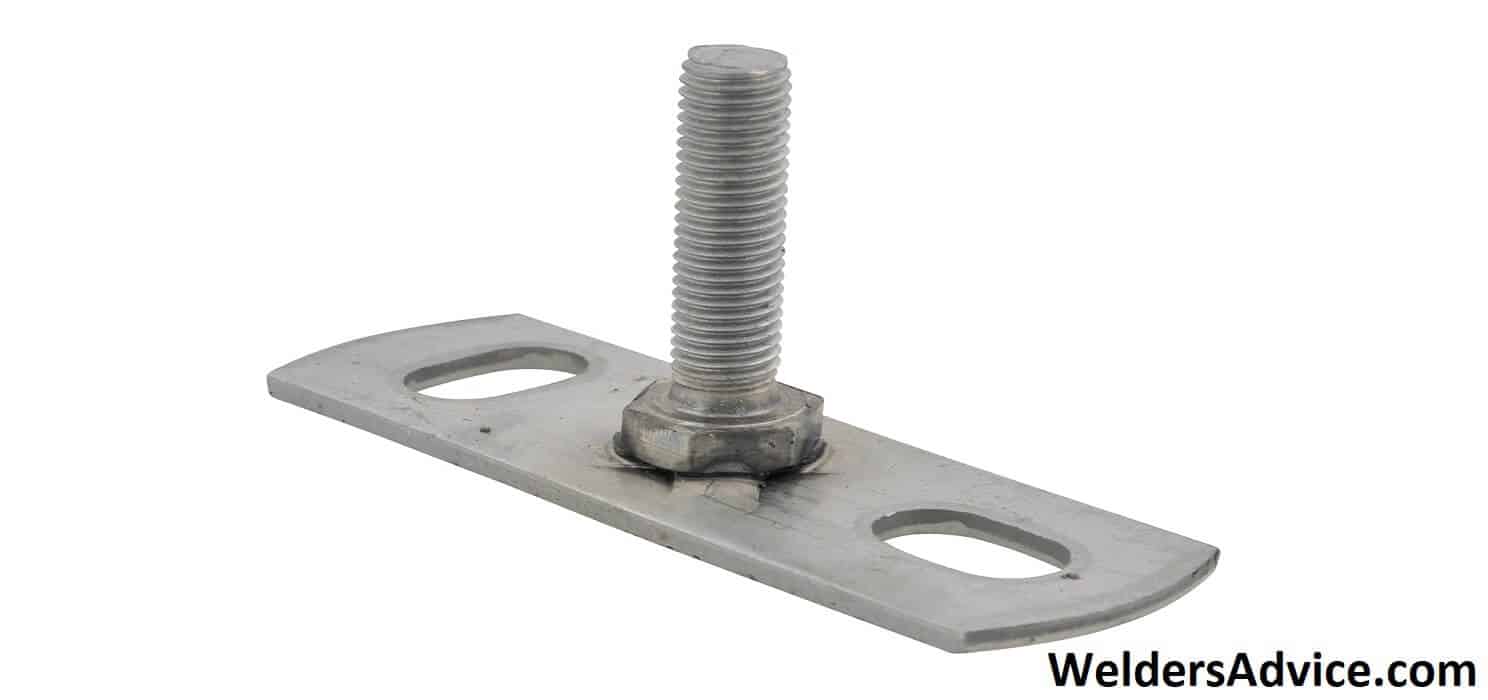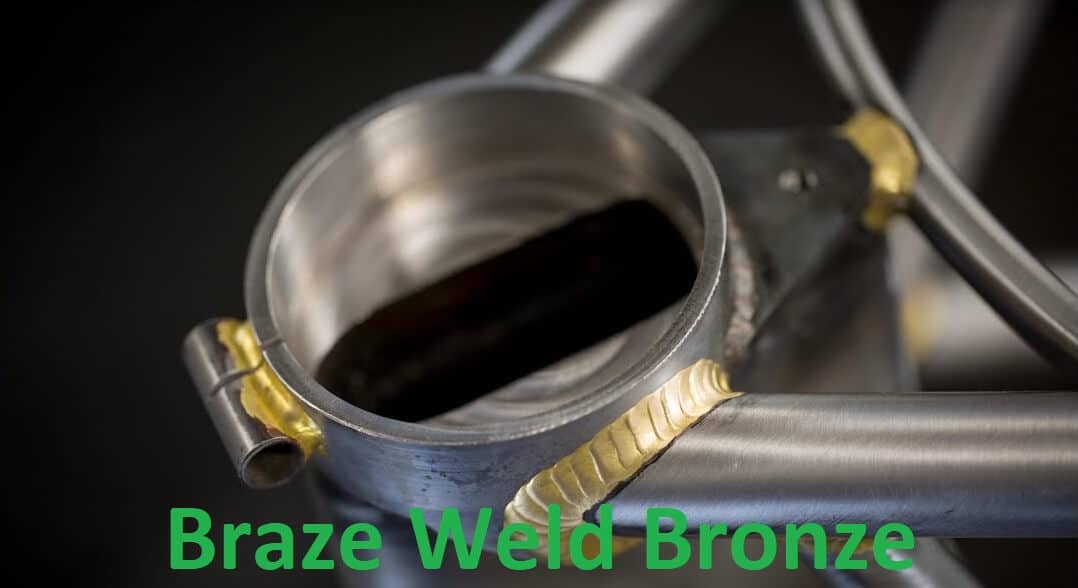To braze weld thin metal, you need to use a low-temperature brazing rod and a propane torch. First, clean the area with a wire brush or sandpaper to remove any dirt or rust.
Then, heat the area with the torch until it reaches the proper temperature for melting the brazing rod. Apply the brazing rod to the joint and allow it to cool. Brazing welding thin metal is a delicate task that requires proper tools and techniques.
The process involves heating two pieces of metal with a propane torch until they reach a temperature high enough to melt a low-temperature brazing rod. This technique is commonly used for welding pipes, tubing, and other small projects where welding may be too harsh or damaging. The key to successful brazing welding is to ensure that the metal is clean and free of dirt, rust, and other contaminants. With the right tools and patience, you can create a strong and durable bond between two thin metal pieces.
- Understanding The Basics Of Braze Welding
- Preparing The Thin Metal For Braze Welding
- Step-By-Step Braze Welding Techniques For Thin Metals
- Common Mistakes To Avoid In Braze Welding Thin Metals
- Tips For Successful Braze Welding On Thin Metals
- Frequently Asked Questions For How To Braze Weld Thin Metal
- What Materials Do I Need For Braze Welding Thin Metal?
- How Do I Prepare The Metal For Braze Welding?
- What Are The Tips For Braze Welding Thin Metal?
- Why Is Braze Welding Better Than Other Welding Techniques For Thin Metal?
- Final Thoughts
Understanding The Basics Of Braze Welding
Braze welding thin metal can be a tricky task, but with the right equipment and understanding of the basics, it can be done successfully. Braze welding differs from traditional welding in that it uses a filler metal that melts at a lower temperature to join two pieces of metal together.
This method is advantageous for thin metals as it reduces the risk of warping and distortion caused by high heat. When selecting your equipment, you’ll need to consider the type of metal being welded, the size of the joint, and the shape of the piece.
With these factors in mind and a solid foundation in braze welding, you’ll be able to confidently tackle welding thin metals.
Preparing The Thin Metal For Braze Welding
Preparing thin metal for braze welding requires specific steps to ensure a successful outcome. First, thoroughly clean the metal surface to remove any contaminants that may interfere with welding. Next, apply flux to the area that needs welding to remove any surface oxides.
Finally, align the metals to be welded by placing them in their intended position. Following these steps will create a strong and durable bond while braze welding thin metal. Remember to take caution when working with thin metal as it is delicate and requires precise welding techniques.
With proper preparation and skill, you can achieve a seamless finish on your braze-welded project.
Step-By-Step Braze Welding Techniques For Thin Metals
Braze welding thin metal requires a step-by-step technique. Start by lighting and adjusting the torch flame. Apply the flame to the braze welding area. Add a filler rod to the weld pool and control heat for consistency. Finish the braze welding process with finesse.
Following the process cautiously helps you progress steadily. Choosing the right materials is crucial to attain the desired result. Keep the pace steady and regulate the temperature. With braze welding, the metal parts merge and create a strong bond. With practice, you become proficient in welding thin metals.
Finally, be patient while learning the techniques.
Common Mistakes To Avoid In Braze Welding Thin Metals
Braze welding thin metals requires patience and skill. Avoid these common mistakes: incorrect flux application, over/underheating, gaps between metals, and uneven filler rod additions. Also, give the joint enough cooling time before moving on. Proper technique is key to achieving a strong, long-lasting braze weld.
Remember to double-check all aspects of the task before starting. Taking these extra precautions will help ensure a successful outcome. Keep in mind the importance of precise heat control and a steady hand. With practice, anyone can master braze welding thin metals.
Tips For Successful Braze Welding On Thin Metals
Braze welding thin metal can be a challenging task for even the most experienced welder. However, by using the proper welding equipment and appropriate flame pressure, successful braze welding on thin metals can be achieved. Practice your welding techniques on non-critical metals before attempting the real project and make sure to store and handle filler rods and flux materials correctly.
By following these tips, you can ensure that your braze welding on thin metals will be successful and the results will be of high quality. Remember, it is important to take your time and be patient when brazing welding thin metal to ensure that the final result is strong and accurate.
Frequently Asked Questions For How To Braze Weld Thin Metal
What Is Braze Welding?
Braze welding is a process of joining two metal pieces with a filler metal that has a lower melting point than the base metal.
Can You Braze Weld Thin Metal?
Yes, you can braze weld thin metal. However, the process requires careful control of the temperature to prevent overheating and causing distortion.
What Materials Do I Need For Braze Welding Thin Metal?
You will need a torch, flux, filler metal, heat-resistant gloves, and eye protection.
How Do I Prepare The Metal For Braze Welding?
Clean the metal thoroughly to remove any oil, dirt, or rust. Apply the flux to the joint area and carefully hold the metal pieces together.
What Are The Tips For Braze Welding Thin Metal?
Preheat the metal before applying the filler metal. Use the torch to heat the metal evenly, avoiding overheating. Work in small sections to prevent warping.
Why Is Braze Welding Better Than Other Welding Techniques For Thin Metal?
Braze welding is better for thin metal because it creates a stronger bond and reduces the risk of distortion or cracking. It also creates a smooth, clean join that requires minimal finishing.
Final Thoughts
Brazing welding thin metal requires attention to detail, the right equipment, and proper technique. It’s not just about getting the job done but doing it correctly to ensure the durability and longevity of the finished product. As we have learned in this post, preparing the metal, selecting the right flux and filler metal, and controlling the heat are crucial elements in brazing welding.
By following the steps outlined, you can be sure of achieving a strong joint that will last a long time. Remember, practice makes perfect, and with time and patience, you can master the art of brazing welding thin metal. So whether you are an experienced welder or just starting in this field, these tips will surely help you create quality projects that will impress your clients.

